What is HDPE Geomembrane?
HDPE geomembrane is a synthetic liner material primarily made of high-density polyethylene, known for its excellent chemical resistance, low permeability, and durability. These geomembranes are widely used in various applications, including landfill lining systems, to prevent leachate from contaminating soil and groundwater. The membrane also acts as a barrier against the migration of gases such as methane, thereby reducing the environmental impact of landfills.
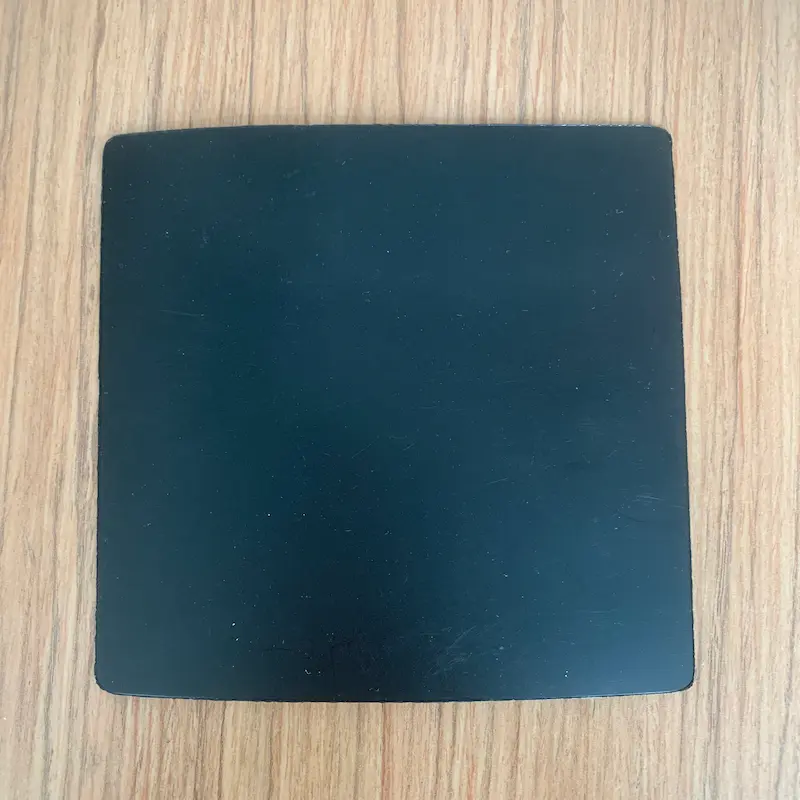
Importance of HDPE Geomembrane in Landfills
In Thailand, waste management and landfill operations are critical issues due to the increasing urban population, industrialization, and consumer waste generation. Thailand's government has emphasized the need for sustainable waste disposal methods, with landfill construction being one of the main solutions. However, improper landfill designs and management can lead to serious environmental problems, such as contamination of water sources, soil degradation, and uncontrolled release of greenhouse gases.
HDPE geomembranes provide a reliable solution for these challenges. Their impermeable nature ensures that toxic substances and leachate do not seep into the ground, preserving the quality of surrounding ecosystems. Additionally, their strength and durability enable them to withstand the mechanical stresses and chemical exposure typical in landfills.
Key Benefits of HDPE Geomembranes
1. Leakage Prevention
HDPE geomembranes act as a highly effective barrier, preventing the leakage of hazardous substances, particularly leachate, into the soil and groundwater.
2. Durability and Longevity
Due to their high resistance to UV degradation, chemicals, and physical wear, HDPE geomembranes have a long lifespan, making them a cost-effective option for landfill liners.
3. Environmental Protection
By preventing the migration of contaminants, HDPE geomembranes protect local ecosystems and groundwater from contamination, which is a significant concern in regions with agricultural activities.
4. Methane Containment
The material is also effective in trapping methane gas produced by the decomposition of waste in landfills, which helps reduce the risk of explosion and facilitates gas collection for energy recovery.
5. Economic Efficiency
Though the initial installation cost of HDPE geomembranes may be higher than other materials, their long-term benefits in terms of environmental protection, maintenance, and gas recovery make them a cost-effective solution.
Application of HDPE Geomembranes in Thai Landfills
Thailand has several large-scale landfills across its regions, and many of these landfills are incorporating HDPE geomembranes in their design and construction processes. The use of HDPE liners has been particularly important in reducing the environmental impact of waste management, especially as urban centers like Bangkok continue to grow rapidly.
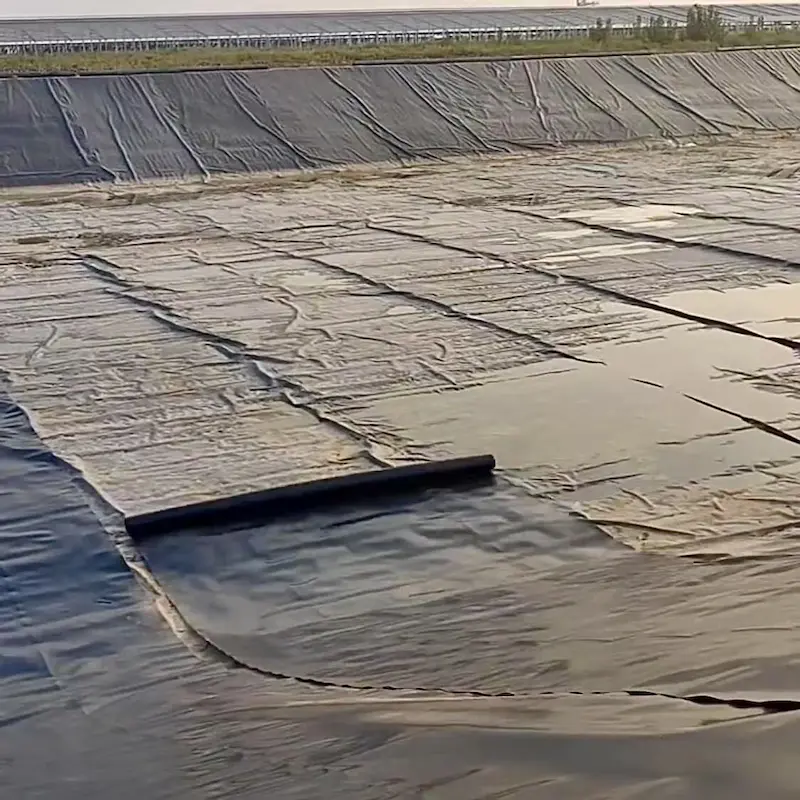
Case Study: The Nong Chok Landfill, Bangkok
The Nong Chok landfill, located in the eastern part of Bangkok, serves as one of the largest waste disposal sites in Thailand. The landfill, which covers an area of approximately 900 acres, handles millions of tons of waste annually. The installation of HDPE geomembranes was a critical component of the landfill’s design, ensuring that waste leachate does not contaminate the local water table. The implementation of HDPE liners has been successful in reducing leachate leakage by over 90%, ensuring that groundwater quality remains safe for the local population.
HDPE Geomembrane Specifications and Standards
HDPE geomembranes are produced according to international standards, ensuring their quality and reliability. The International Organization for Standardization (ISO) and the American Society for Testing and Materials (ASTM) set the guidelines for the manufacture and installation of these geomembranes. Some key specifications for HDPE geomembranes used in landfills are listed below:
Property | Specification | Units |
Density | 0.94–0.96 | g/cm³ |
Thickness | 0.5–3.0 | mm |
Tensile Strength | 20–40 | MPa |
Elongation at Break | 12–700 | % |
Puncture Resistance | 350–500 | N |
Oxygen Index | ≥ 24 | % |
Carbon Black Content | 2–3 | % |
UV Resistance | ≥ 85% | % |
These specifications ensure that HDPE geomembranes perform effectively in the harsh environment of landfills, withstanding chemical, mechanical, and environmental stresses over extended periods.
Environmental and Economic Impact of HDPE Geomembranes
Environmental Impact
The use of HDPE geomembranes significantly reduces the environmental impact of landfills. By preventing leachate from seeping into the surrounding soil and water, they help maintain the integrity of the ecosystem. Studies have shown that in landfills without proper lining systems, leachate can contaminate groundwater sources, leading to long-term environmental damage. In Thailand, where much of the population depends on groundwater for drinking, agriculture, and other purposes, this is a significant concern.
The ability of HDPE geomembranes to contain methane gas is also a crucial environmental benefit. Methane, a potent greenhouse gas, is produced during the decomposition of organic waste in landfills. By trapping methane, HDPE geomembranes reduce the overall greenhouse gas emissions from landfills, helping to combat climate change.
Economic Impact
The initial cost of HDPE geomembranes may be high, but their long-term benefits outweigh the expense. Reduced environmental remediation costs, fewer legal liabilities related to groundwater contamination, and the potential for methane capture all contribute to the economic viability of these geomembranes. Moreover, their longevity means that they do not require frequent replacement, reducing ongoing operational costs for landfill management.
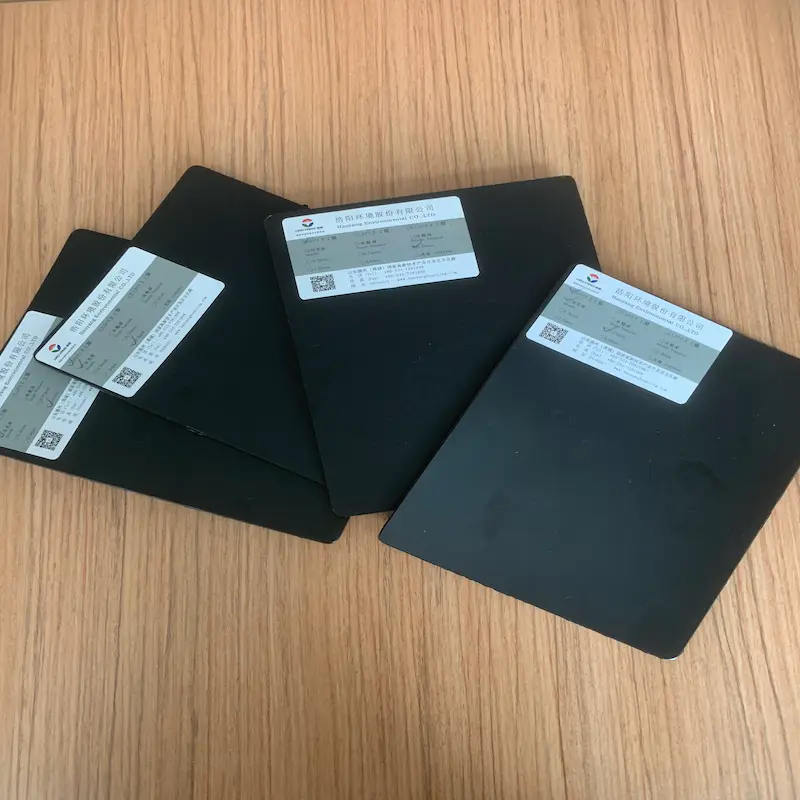
Challenges and Considerations
While HDPE geomembranes offer numerous benefits, there are also challenges to their use in Thailand’s landfill systems. Some of these challenges include:
1. Installation Complexity: Installing HDPE geomembranes requires skilled labor and proper equipment. If the geomembranes are not properly installed, there is a risk of punctures or leaks.
2. Initial Costs: Although cost-effective in the long term, the upfront costs of HDPE geomembranes can be prohibitive, especially for smaller municipalities or landfills with limited budgets.
3. Weather Considerations: Thailand's tropical climate, with its heavy monsoons and high humidity, can pose challenges in terms of material durability and installation timing. However, HDPE's resistance to UV degradation helps mitigate some of these concerns.
Future Prospects
The use of HDPE geomembranes in landfill construction is expected to increase in Thailand as environmental regulations become stricter and the need for sustainable waste management grows. The government's emphasis on reducing landfill impacts, improving recycling rates, and encouraging waste-to-energy projects will likely drive the demand for high-quality geomembranes.
Furthermore, as technological advancements in HDPE production and installation techniques continue, it is expected that the costs of geomembranes will decrease, making them even more accessible for a broader range of landfill projects.
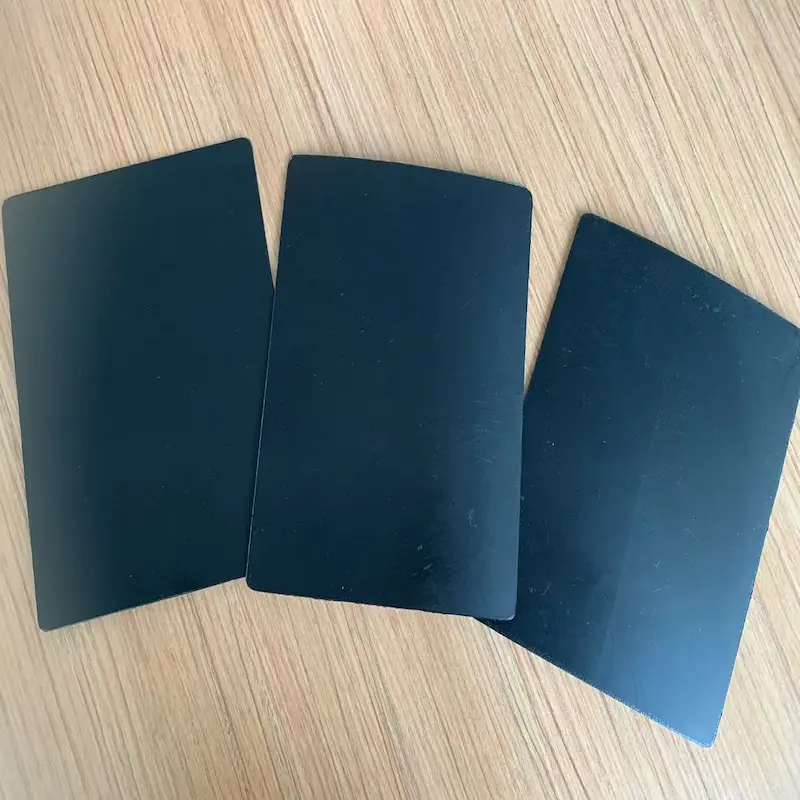
Conclusion
HDPE geomembranes are a critical component in the sustainable management of landfills in Thailand. They provide an effective solution for preventing leachate contamination, controlling methane emissions, and ensuring the long-term safety and stability of landfill sites. While challenges remain in terms of cost and installation, the environmental and economic benefits of HDPE geomembranes far outweigh these concerns. As Thailand continues to grapple with waste management challenges, the role of HDPE geomembranes will be pivotal in shaping the future of waste disposal in the country.
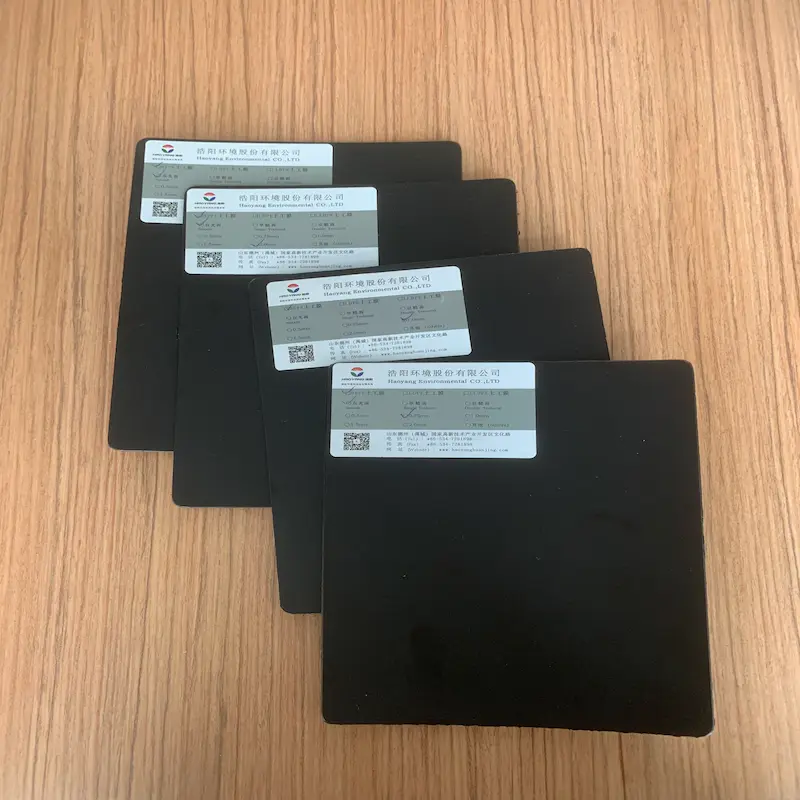
897.webp)
942.webp)
237.webp)